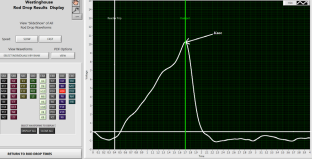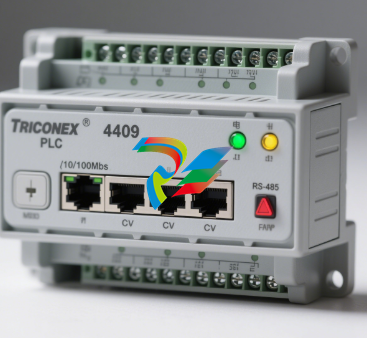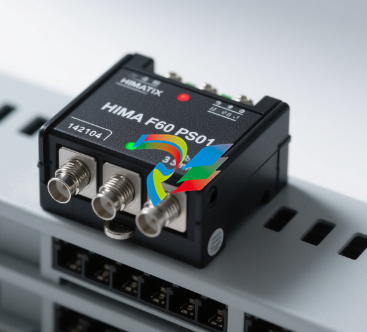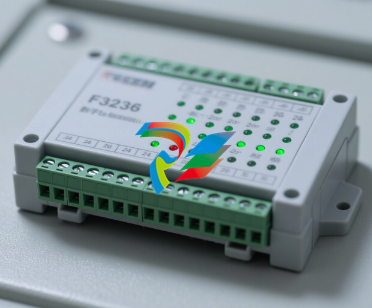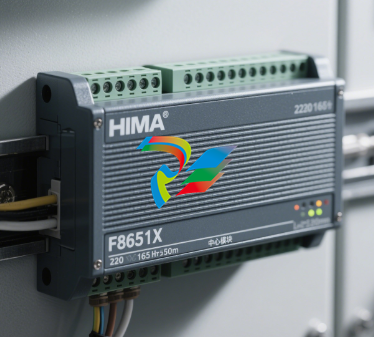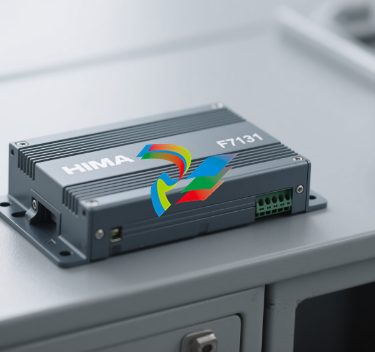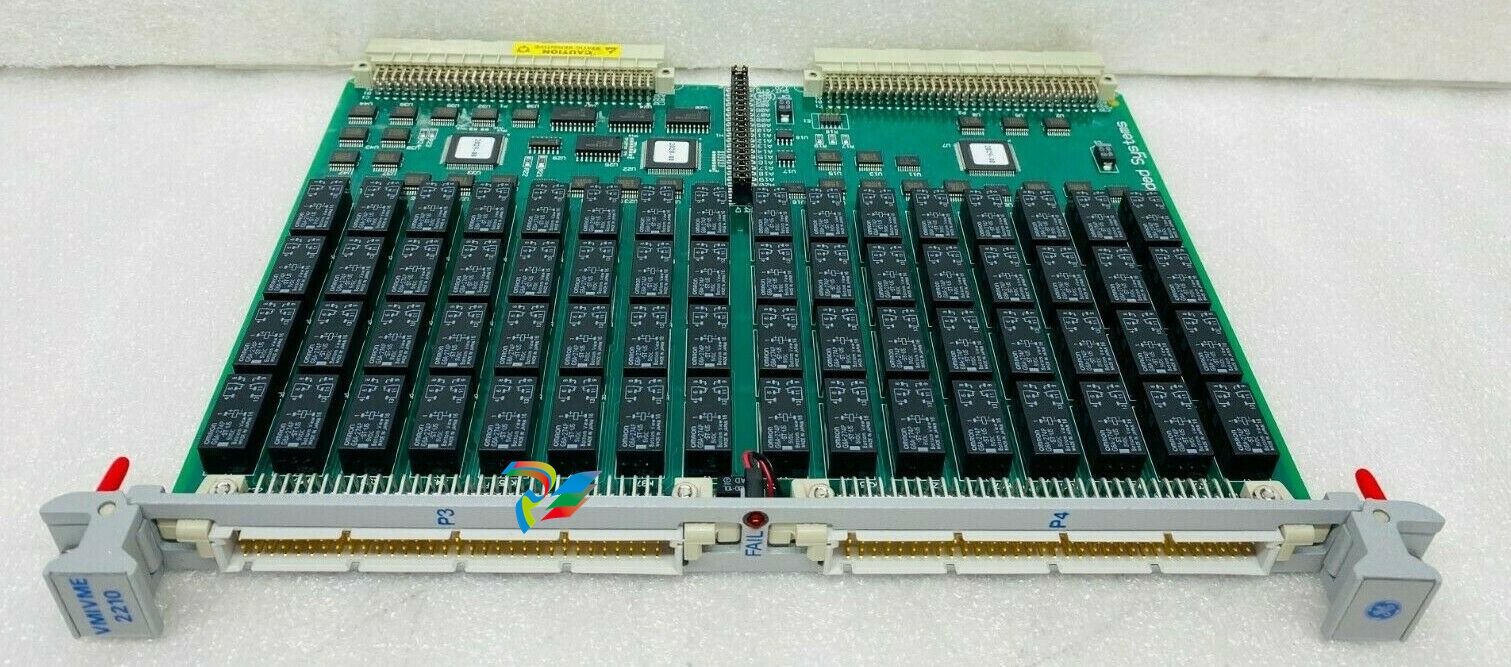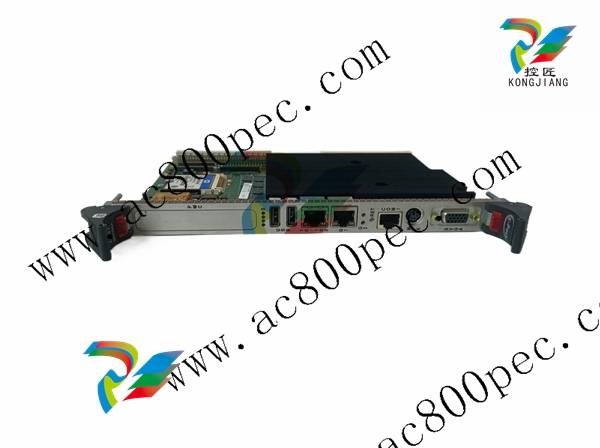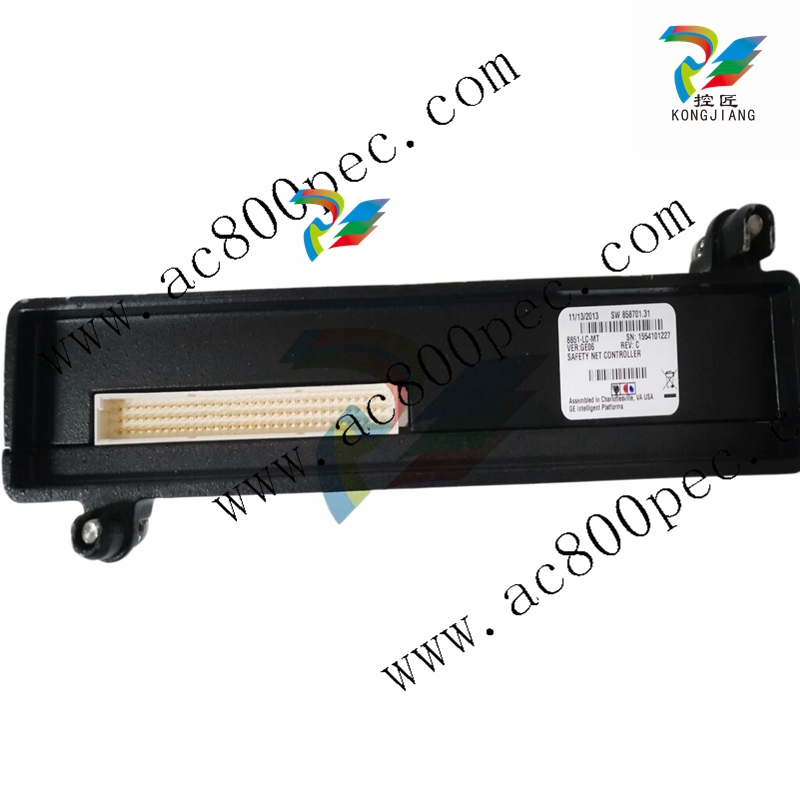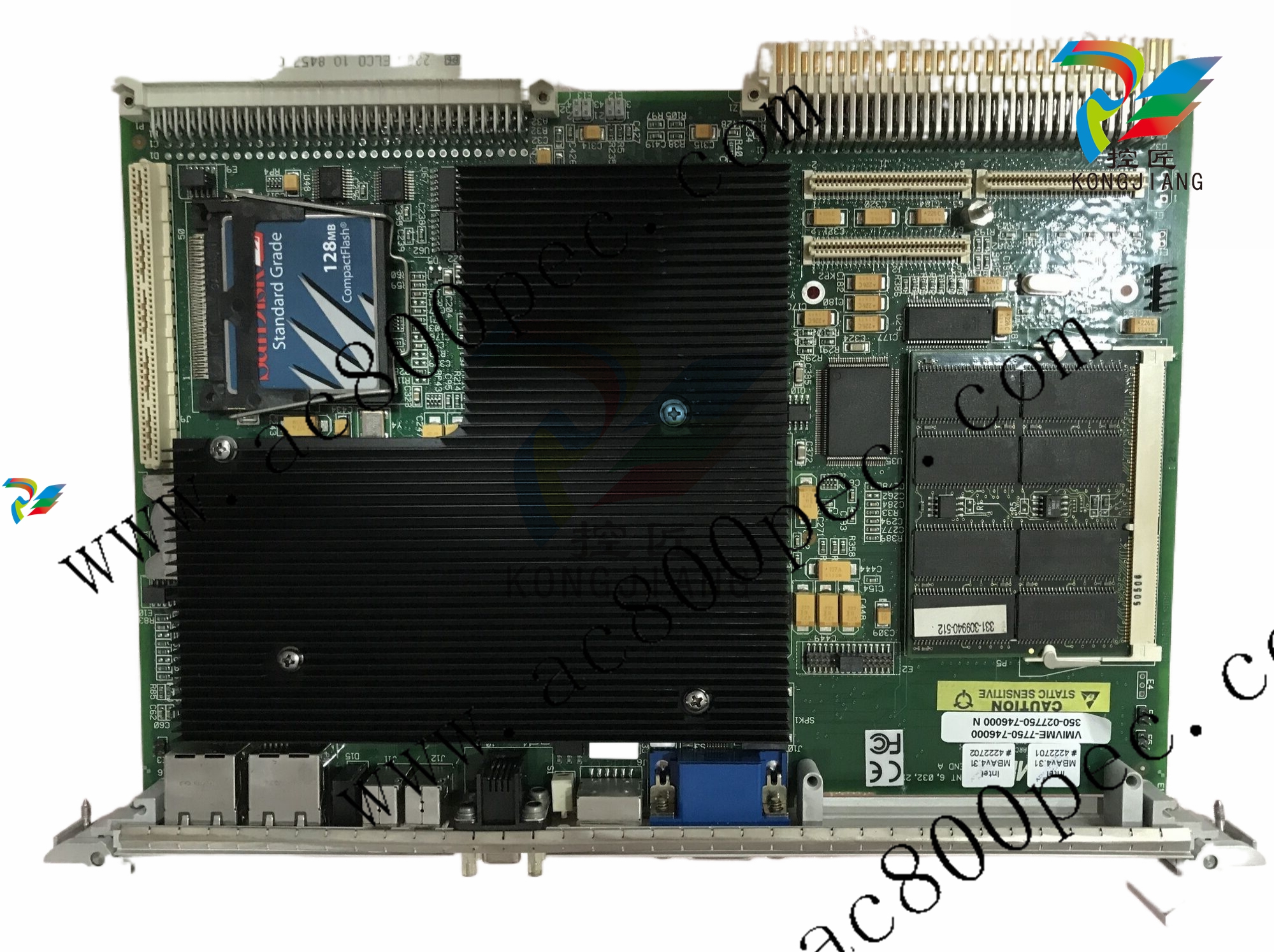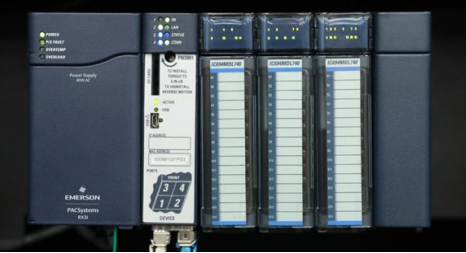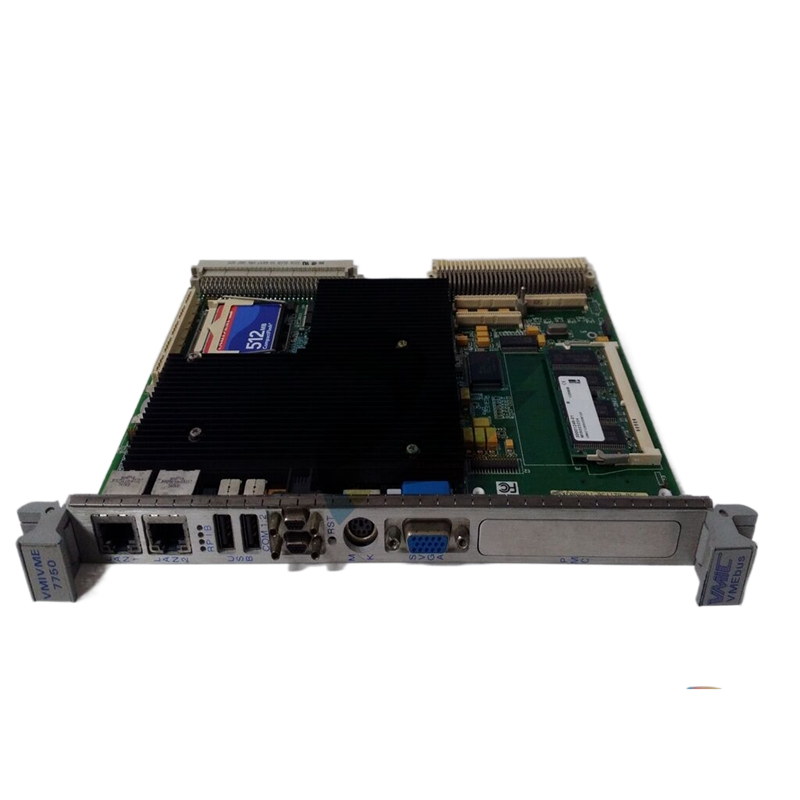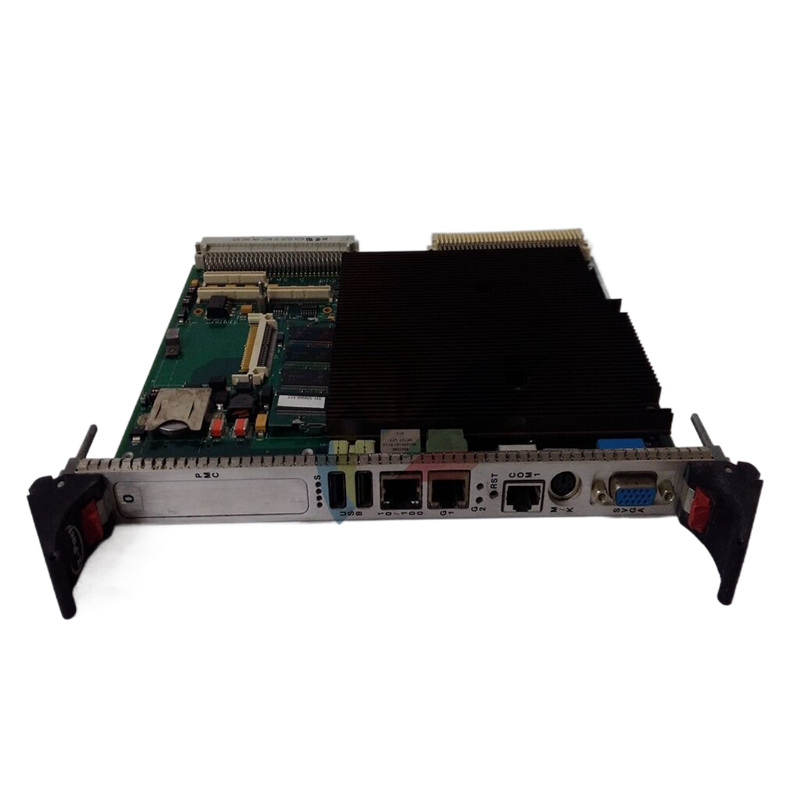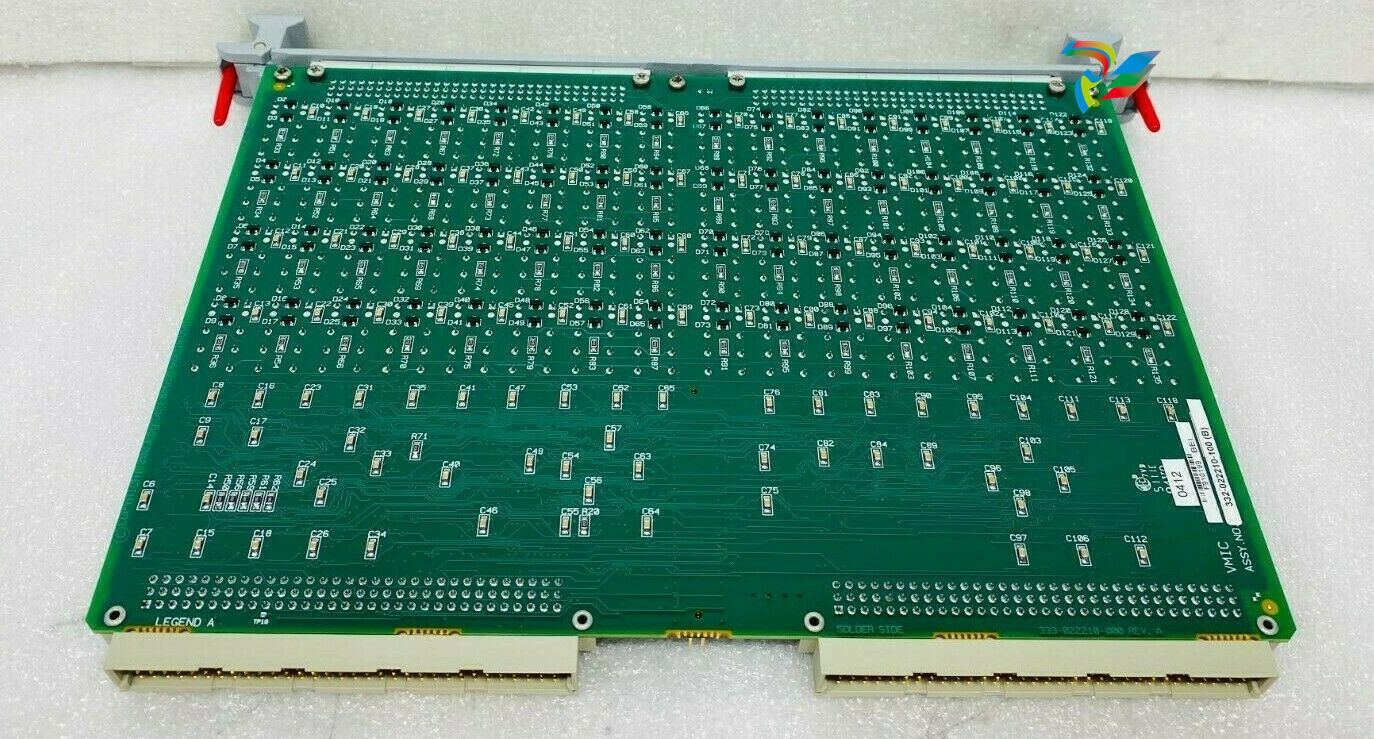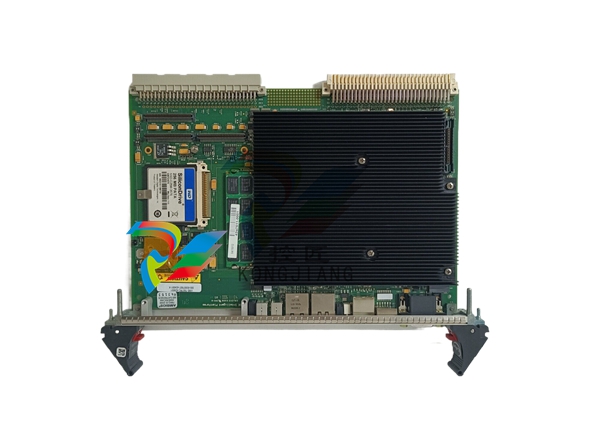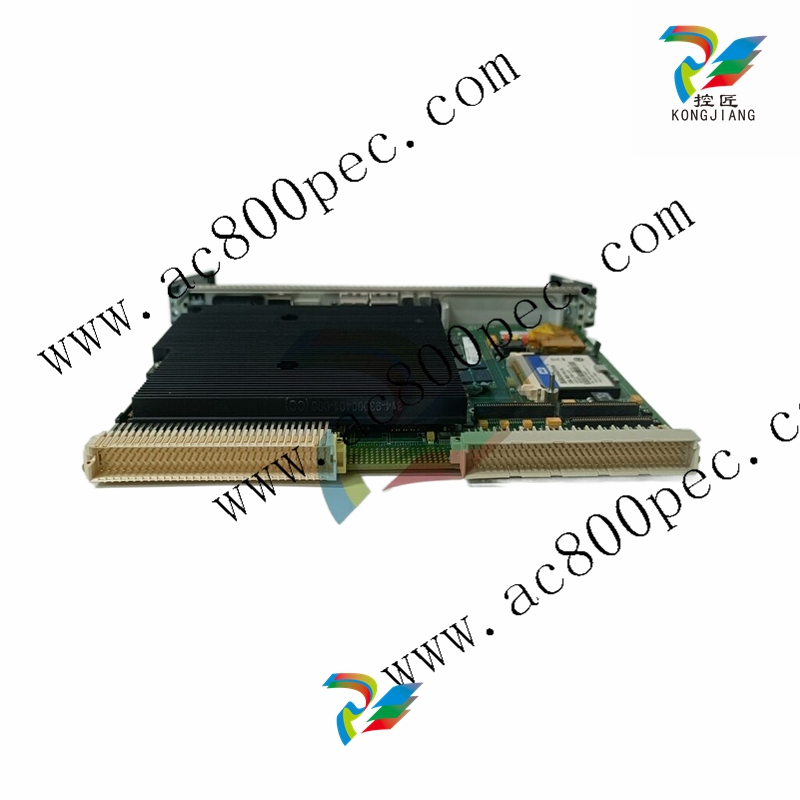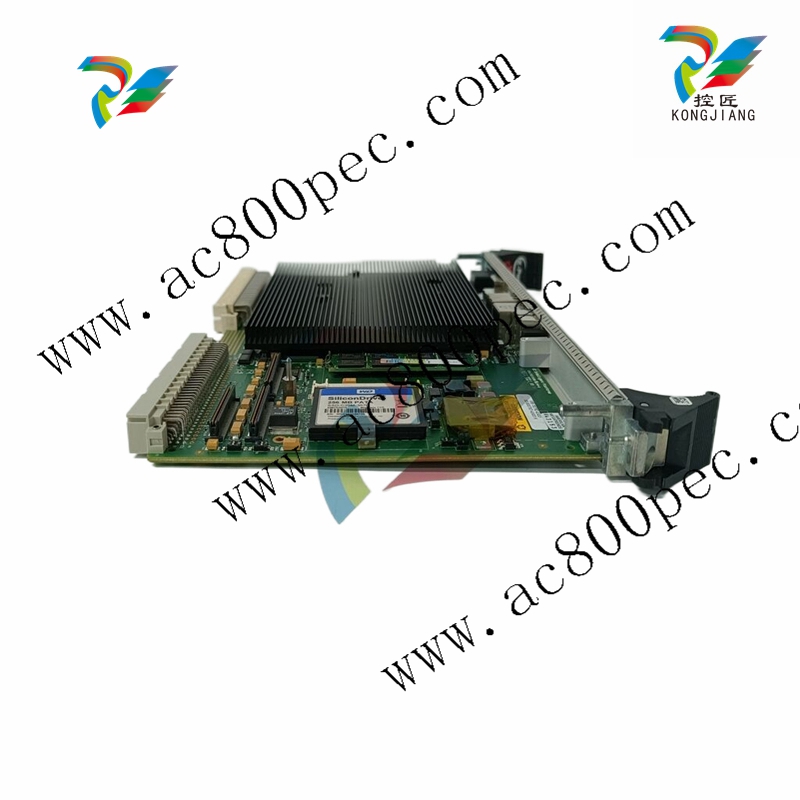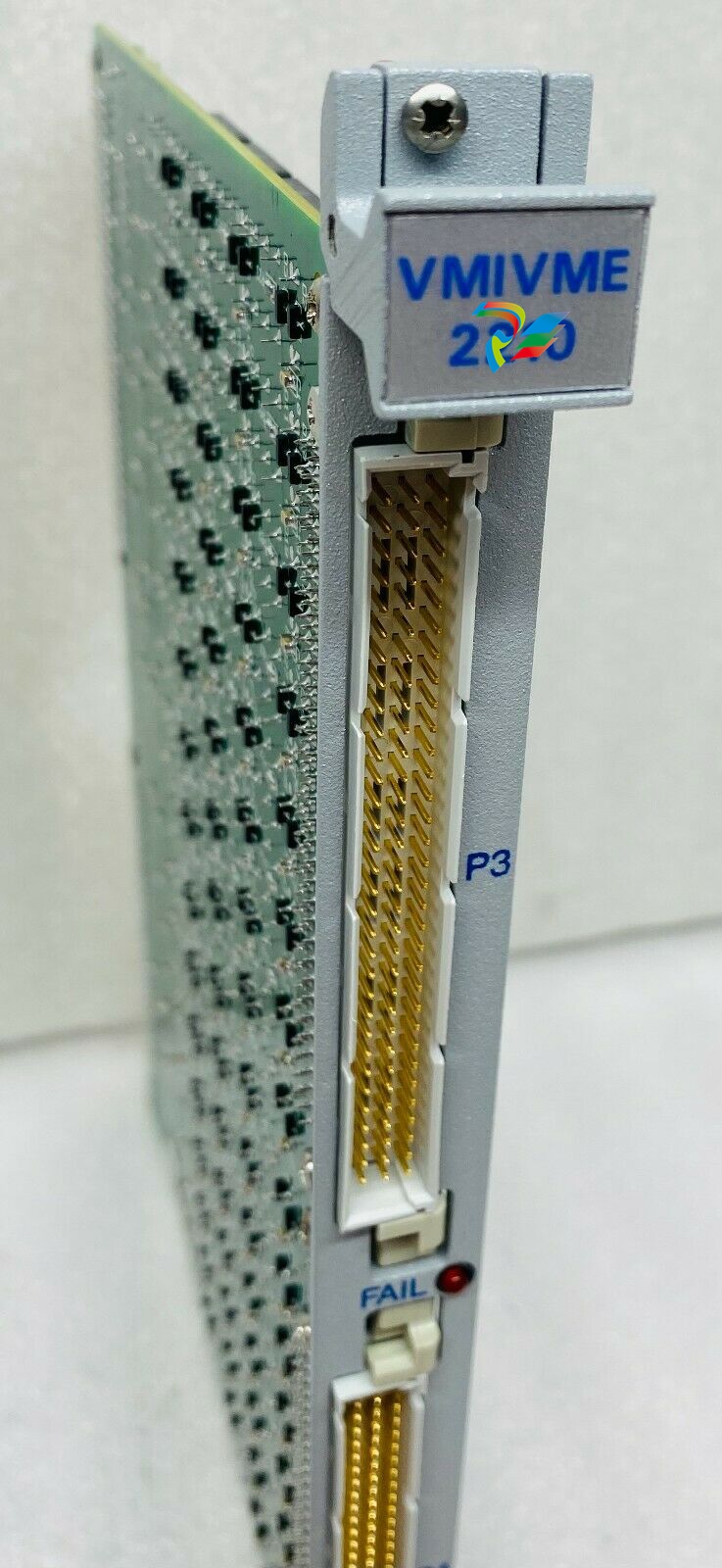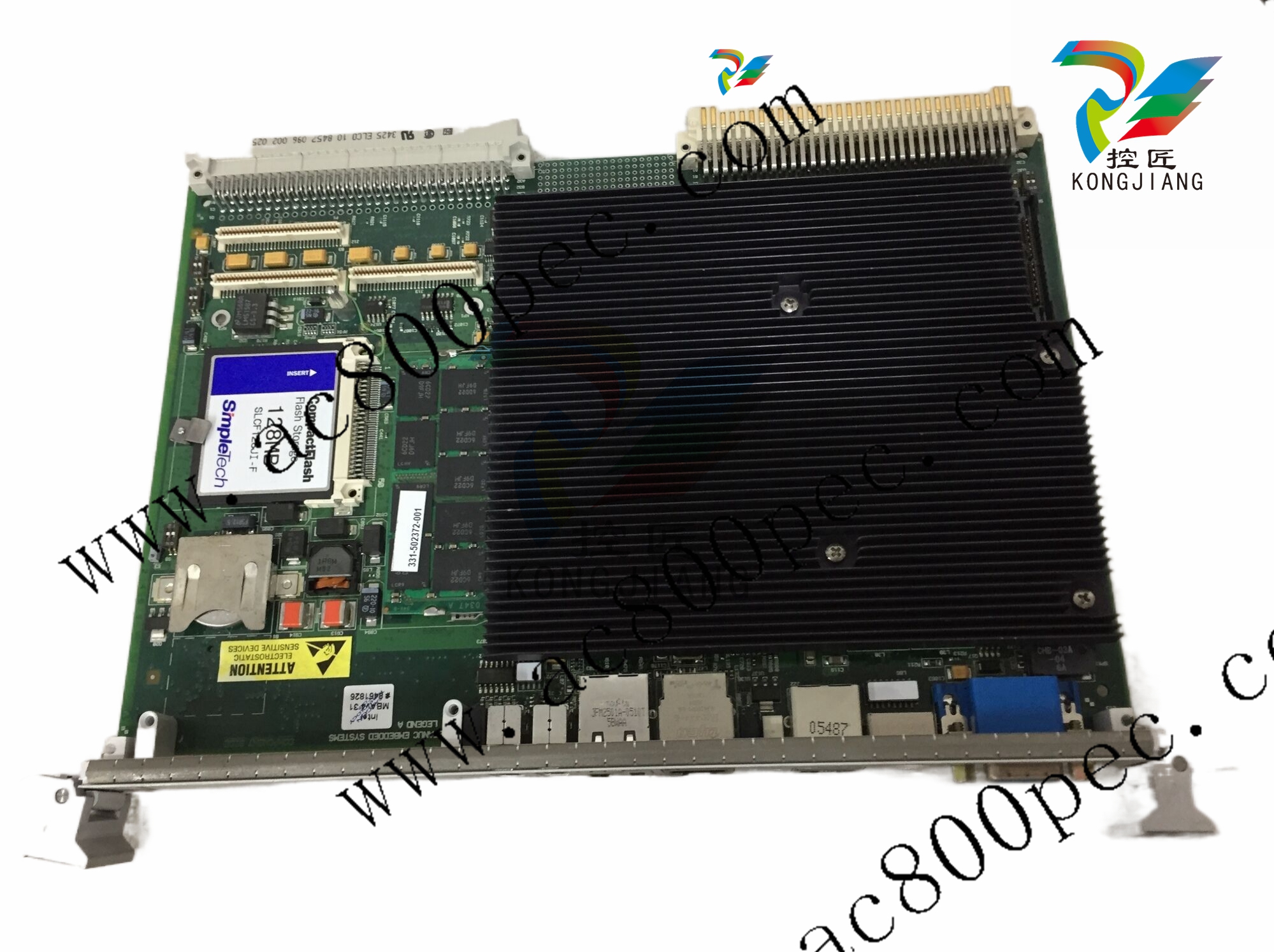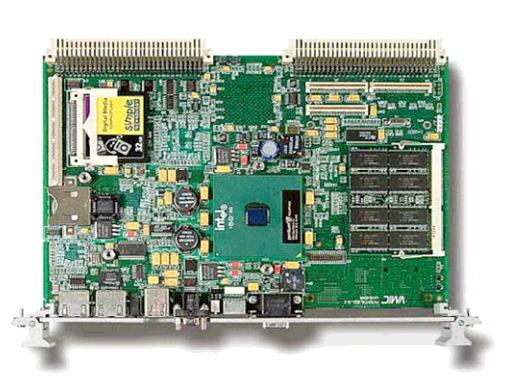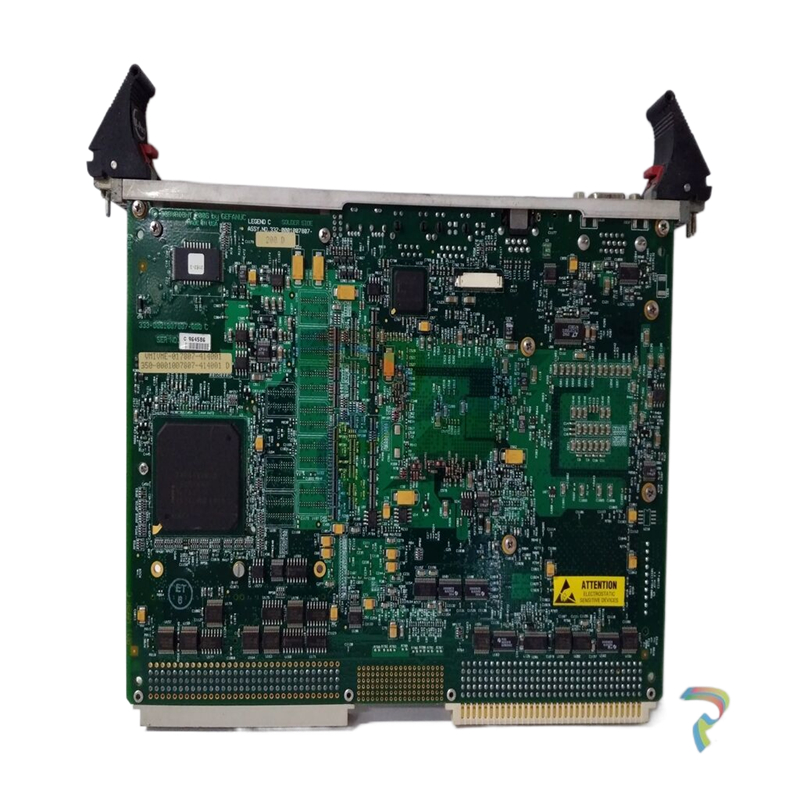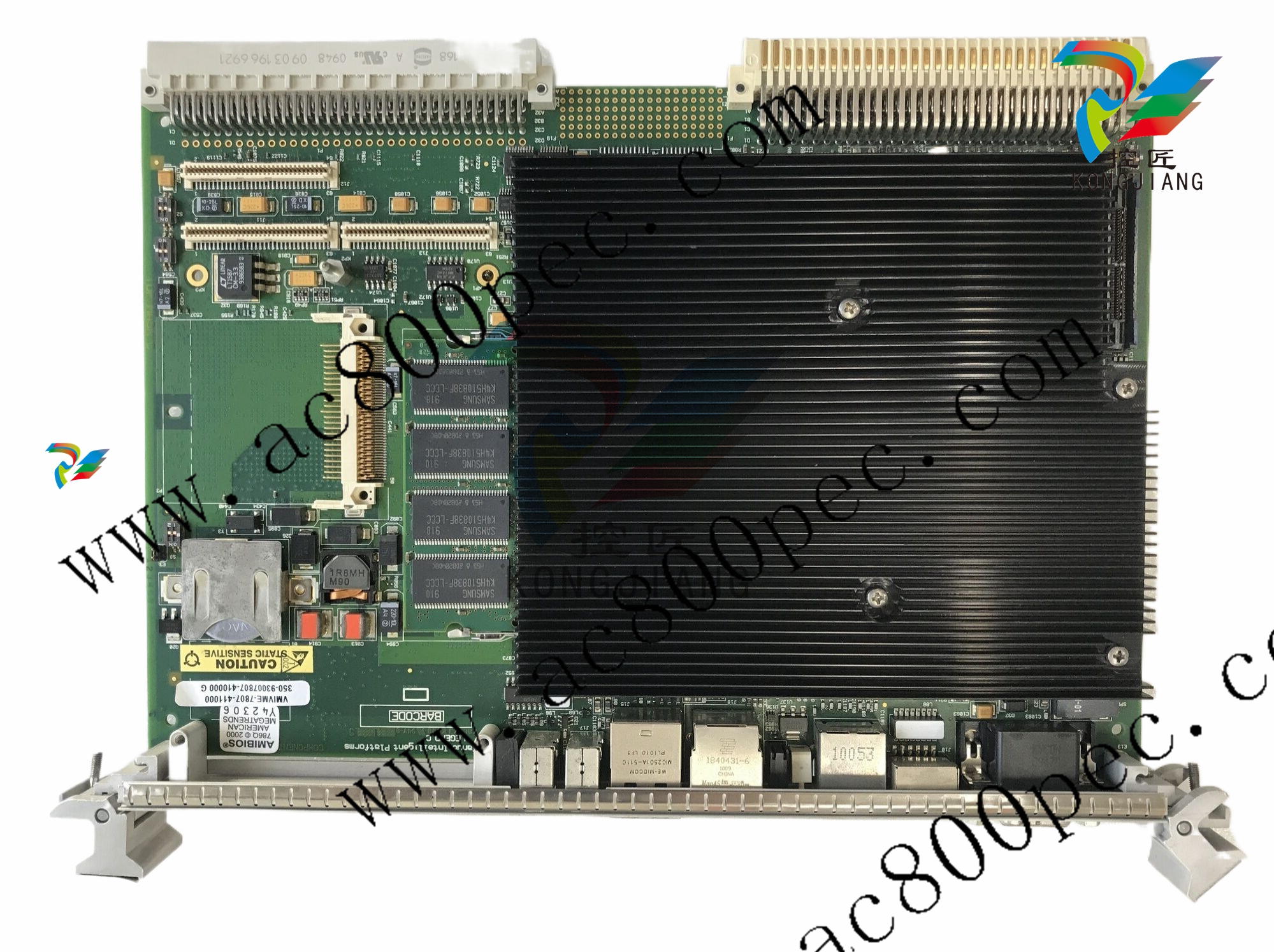
EMERSONOvation®-based Computerenhanced Rod Position Indication System
Nuclear Automation
Background
Westinghouse’s Ovation®-based computerenhanced rod position indication (CERPI) system
provides enhanced reliability, and reduced
operation and maintenance (O&M) costs. It
consistently provides an accurate indication of rod
position with the lowest installation cost possible.
This product design integrates more than 200
reactor years of documented lessons learned from
analog rod position system (ARPI), state-of-the-art
detector interface cards and Ovation controller
technology.
Functions include:
• Control rod position indication
• Control rod bottom alarm
• Detector temperature compensation
• Detector linearity compensation
• Operator alarm capability
• One-pass calibration
This is the most cost-effective alternative to the
complete replacement of the existing ARPI system.
Ovation®-based Computerenhanced Rod Position
Indication System
Description
This system replaces the electronics portion of the
ARPI system within Westinghouse plants. The system
consists of a detector interface board for each rod,
redundant Ovation controllers and a new computerized
human-machine interface (HMI). This resolves the
issues of difficult and timely calibration and inaccurate
position indication for rods across the power range.
A rod drop test system is included as part of this
upgrade. Plant technical specifications require rod
drop time testing following a refueling outage so that
the rods insert properly and within the time-response
requirements of the plant’s safety analysis. This system
reduces critical path time by automatically analyzing
the data from each rod during a reactor trip and
displaying the results.
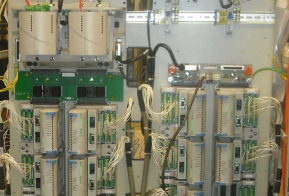
Features
• Low-cost installation
Utilizes the existing linear voltage transducer (LVTs),
eliminating as-low-as-reasonably-achievable concerns
and cost.
• One-pass calibration
The Ovation-based computer-enhanced rod position
indication system provides simplified, computercontrolled, non-interactive, zero and span (gain)
adjustments.
• Computer algorithm compensation
Detector ambient temperature and the non-linearity of
the LVT sensors have been compensated for utilizing
custom algorithms based on operating experience.
• Low detector crosstalk
Two different frequencies are used to drive rod LVTs,
minimizing the negative effect of detector crosstalk.
• Maintenance and Test Panel
Maintenance programs provide calibration history as
well as single, click-of-the-mouse, computer-controlled
calibration for zero and span settings.
• Operator Modules
Operator modules are provided to enhance the operator’s
capabilities. The rod information is directed to control
board-mounted flat panel displays and existing plant
computers.
• Control rod alarms
With the greatly improved accuracy of the system’s rod
position indication, dependable alarming for control
failures and rod bottom has been made available.
• Redundant Ovation controllers
Proven digital technology with guaranteed longterm support.
• Proven performance
This design was established by working closely with utility
staff and using ARPI lessons learned for more than 200
reactor years of operation. It has been well tested and has
replaced several ARPI systems. The results show that this
upgrade resolves the problem at a low-installation and
lifetime cost.
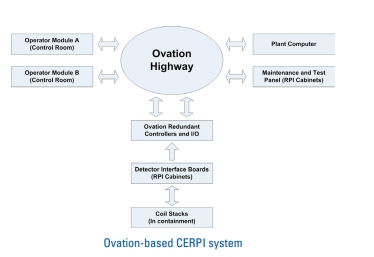
Benefits
• Elimination of deratings and callouts as a result of
limiting condition of operation entry from ARPIincreased profit
• Minimization of rod position indication calibration
in start up, resulting in reduced critical path time
• Accurate indication of rod position, resulting
in increased operator confidence
• Elimination of ARPI work-arounds, serving
to increase operator efficiency
• High reliability resulting in lower O&M cost
• Existing installations provide low-risk solution
• Direct replacement for ARPI and low-cost installation
• For rod drop testing, the ability to automatically
perform trending analysis that compares rod drops over
time
